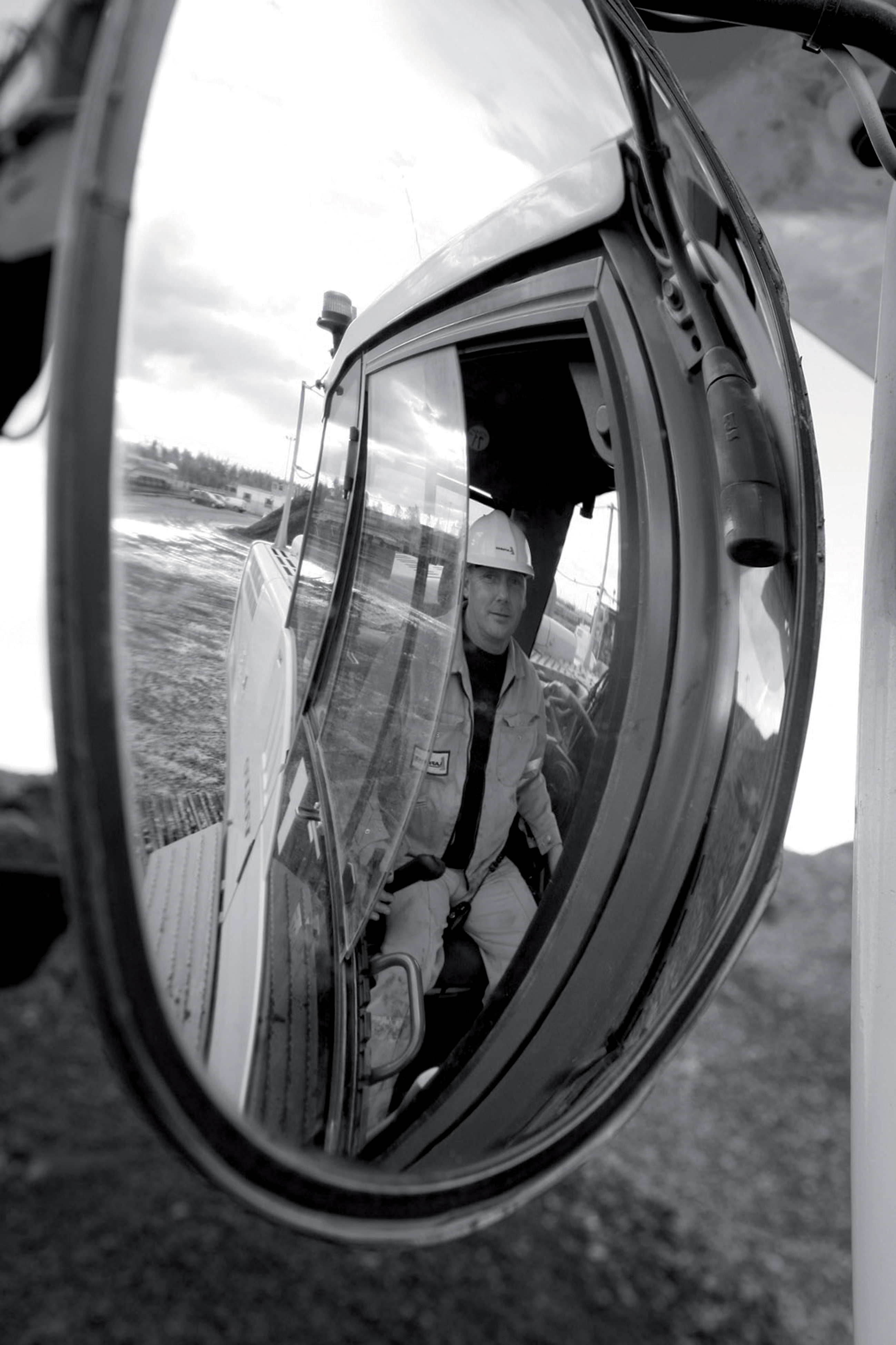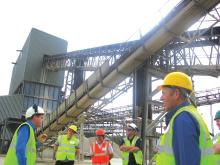
RSSSite operatives are at their most vulnerable when on foot in the quarry. ABE takes a look at some initiatives and techniques to improve visibility and minimise the safety risk
Machine design has significantly improved the safety of operatives while accessing and using quarry equipment but they are still highly vulnerable while out of that environment. Ensuring staff can be seen is as important as educating operatives to be self aware of the potential risks of crossing the quarry floor on foot.
Many quarry operators are focusing on achieving zero accidents but equipment producers are now also working to help attain this goal not just through design but with initiatives too.
"Despite significant improvements over recent decades in machine safety, there are still far too many construction related injuries and deaths each year," said Volvo Construction Equipment president and chief executive Olof Persson. "Product safety is only part of the safety solution - operators and those around machines also have an important role to play in reducing these personal tragedies. A safety mindset starts with wearing the right protective equipment."
Addition of convex mirrors, reversing cameras and directional reversing alarms all have a part to play in improving operator visibility and reducing vulnerability. However, the right safety equipment is only part of the equation - communication is a key tool.
"As a responsible and caring employer you cannot tolerate people getting harmed or injured while they are working for you," said Geraint Morris, global vice president of health and safety at
"It's mostly about changing patterns of behaviour," continued Morris. "A lot of incidents are down to momentary lapses of concentration or rushing to get things done. We need to create a culture that leaves sufficient time to complete the job properly while maintaining focus and being efficient. It's our job to make it easier to do the right thing.
"We must make every effort to eliminate incidents and prevent harm, this industry can and must operate safely if it is to be sustainable. That doesn't mean we are inefficient, quite the opposite. The safest sites are nearly always the most efficient, well managed and profitable."RSS








